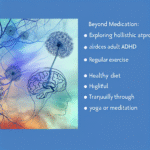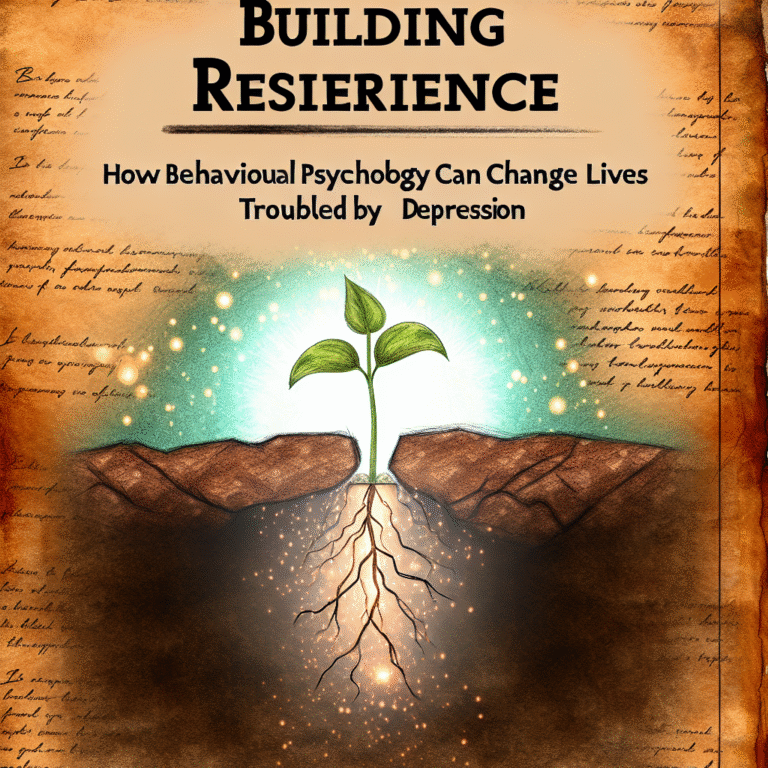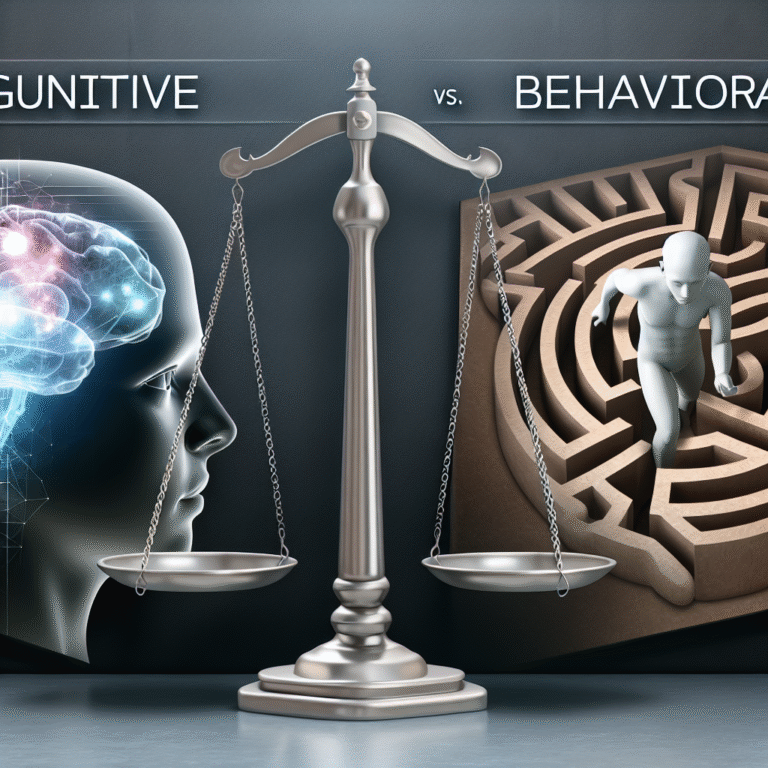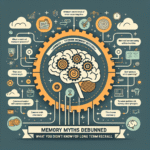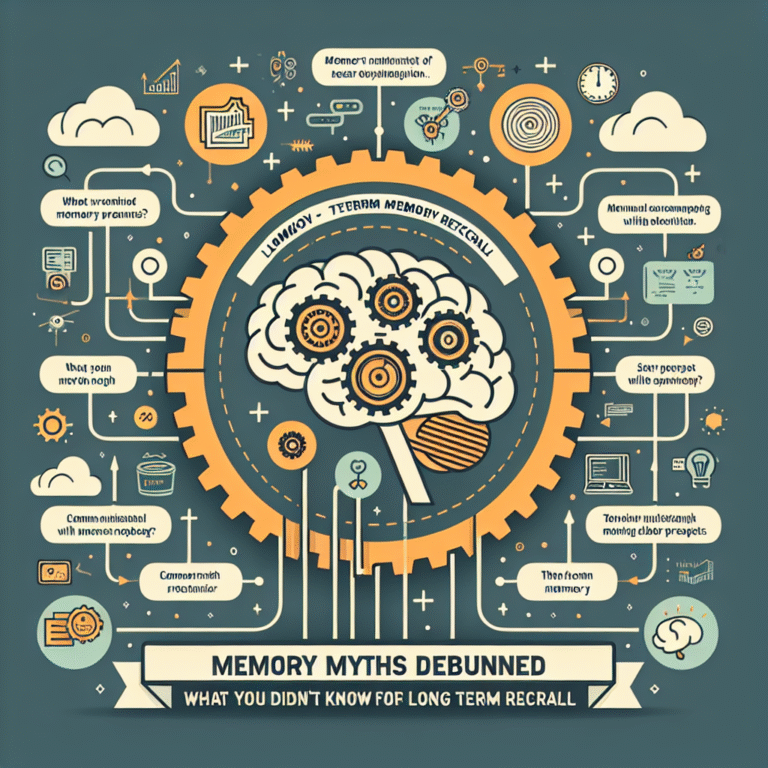Understanding Eating Disorders: Key Symptoms and Effective Treatment Options for Lasting Recovery
Introduction
In an age where self-image can be intricately tied to social media portrayals and societal standards, “Understanding Eating Disorders: Key Symptoms and Effective Treatment Options" becomes not just a phrase, but a crucial avenue of exploration. Eating disorders, affecting millions of individuals worldwide, represent a complex interplay between psychological struggles and physical consequences. Recognizing the signs and symptoms of these disorders and understanding the most effective treatment options are paramount to fostering recovery and promoting a healthier society.
Imagine standing in front of a mirror, struggling to reconcile your self-image while grappling with an eating disorder that consumes your daily thoughts and choices. The urgency to comprehend and address these disorders has never been more pronounced. This article aims to delve deep into the nuances of eating disorders, elucidating key symptoms and offering proven pathways toward effective treatment.
What Are Eating Disorders?
Eating disorders, such as anorexia nervosa, bulimia nervosa, and binge eating disorder, are severe conditions characterized by persistent eating behaviors that adversely affect health and emotions. These disorders often stem from a combination of genetic, environmental, and psychological factors, leading to devastating outcomes if left unaddressed. According to the National Eating Disorders Association (NEDA), approximately 30 million Americans will suffer from an eating disorder at some point in their lives, highlighting the urgency of understanding this complex issue.
Key Symptoms to Recognize
Emotional and Behavioral Symptoms
Preoccupation with Food: Excessive thoughts about diet, food, and body weight often dominate an individual’s mind. They may talk obsessively about food, calories, or dieting.
Distorted Body Image: Individuals may perceive themselves as overweight even when they are underweight. This distortion can lead to severe psychological distress.
Mood Swings: Those struggling with eating disorders often experience extreme mood fluctuations, which may manifest as irritability or anxiety.
- Isolation: Many individuals begin to withdraw from social situations, avoiding gatherings centered around food.
Physical Symptoms
| Symptom | Potential Indicator |
|---|---|
| Significant weight loss | Anorexia nervosa or restrictive eating |
| Fluctuations in weight | Binge eating disorder |
| Dental issues | Bulimia nervosa (from vomiting) |
| Gastrointestinal problems | All types of eating disorders |
These symptoms vary among individuals. Case studies show that early recognition of these signs can significantly influence recovery trajectories. For instance, a 21-year-old college student, referred to here as Emily, exhibited a marked decrease in her social activities, which ultimately led to her diagnosis of anorexia nervosa.
Case Study Spotlight: Emily’s Journey
Emily was initially perceived as a diligent student focused on her academics. However, her friends began noticing her declining interest in meals, leading her to opt for smaller portions or skip meals altogether. Through a collaborative effort involving educational staff and mental health professionals, Emily was guided towards therapy and nutritional counseling, enabling her to rebuild her relationship with food.
Understanding the Causes of Eating Disorders
Delving deeper into the issue requires consideration of the underlying causes of eating disorders. They often emerge from the following sources:
Genetic Predisposition: Family history can play a role in susceptibility. Studies indicate that individuals with a family member who has an eating disorder are more likely to develop one themselves.
Psychological Factors: Conditions like anxiety, depression, and obsessive-compulsive patterns can lend themselves to the development of disordered eating behaviors.
Sociocultural Influences: Unrealistic beauty standards promoted by media can contribute to body dissatisfaction and, subsequently, eating disorders.
- Life Transitions: Major life changes, such as moving away for college or the pressure of work, may trigger the onset of symptoms.
Effective Treatment Options for Lasting Recovery
Understanding eating disorders: key symptoms and effective treatment options requires a multi-faceted approach, recognizing that recovery is both possible and attainable. Below are the standard treatment modalities:
1. Psychotherapy
Cognitive Behavioral Therapy (CBT): This is one of the most effective methods. It focuses on changing negative thought patterns and behaviors related to food and body image. For instance, a 2019 study reported that individuals with utter reframing of body image through CBT saw an improvement in symptoms over time.
- Family-Based Therapy (FBT): Particularly effective for adolescents with anorexia, it involves family members in the treatment process, fostering a supportive environment for recovery.
2. Nutritional Counseling
Food must be reintroduced to the individual in a healthy manner, addressing both nutritional needs and psychological relationships with food. A registered dietitian can help create personalized meal plans aimed at restoring healthy eating behaviors.
3. Medical Intervention
In severe cases, hospitalization may be necessary. Moreover, medical professionals can monitor physical aspects affected by eating disorders, such as electrolyte imbalances or heart health.
Case Study Spotlight: Jake’s Journey
Jake, a 25-year-old man, confronted binge eating disorder. Following an extensive treatment comprising CBT and the therapeutic support of a registered dietitian, he learned coping strategies and healthy eating methodologies. His case underscores the importance of a supportive multi-professional approach in overcoming these disorders.
4. Support Groups
Peer support can be invaluable. Organizations like NEDA provide connections to support groups where individuals can share experiences, struggles, and victories in a safe environment.
Importance of Early Intervention
Early intervention is vital in mitigating the detrimental effects of eating disorders. As observed in many cases, including Emily and Jake’s, catching the symptoms early can lead to higher success rates in treatment and prevent severe health complications.
Table: Impact of Early vs. Late Intervention on Recovery Outcomes
| Intervention Timing | Recovery Rate | Days in Treatment | |
|---|---|---|---|
| Early | 75% | 30 | Lower health risks |
| Late | 30% | 90 | Higher health risks |
Conclusion
In conclusion, understanding eating disorders: key symptoms and effective treatment options is essential in combatting the pervasive stigma surrounding these conditions. Awareness is the first step, leading to openness and ultimately a supportive community for those in need.
Encouragingly, effective treatments and pathways to recovery exist, paving the way for a brighter future. It is our collective responsibility to foster an environment that promotes understanding and compassion toward individuals grappling with eating disorders, forging connections through awareness, education, and support.
FAQs
1. What are the most common types of eating disorders?
The most common types of eating disorders include anorexia nervosa, bulimia nervosa, and binge eating disorder.
2. How can I help someone with an eating disorder?
Supporting someone with an eating disorder involves encouraging them to seek professional help, expressing concern without judgment, and offering to accompany them to treatment if they are open to it.
3. Can eating disorders be cured?
While some individuals recover fully, others may manage symptoms effectively with the right treatment. The trajectory of recovery varies from person to person.
4. What role does nutrition play in recovery?
Nutrition is critical in recovery as it addresses the physical consequences of eating disorders, restores health, and helps reshape behaviors and attitudes toward food.
5. Are eating disorders linked to mental health conditions?
Yes, there is often a significant overlap between eating disorders and mental health conditions such as anxiety, depression, and obsessive-compulsive disorder.
By broadening our knowledge of eating disorders and their treatment, we can foster a society that encourages understanding, healing, and growth—a society where those who struggle with these disorders can find their way to recovery and reclaim their narratives.



